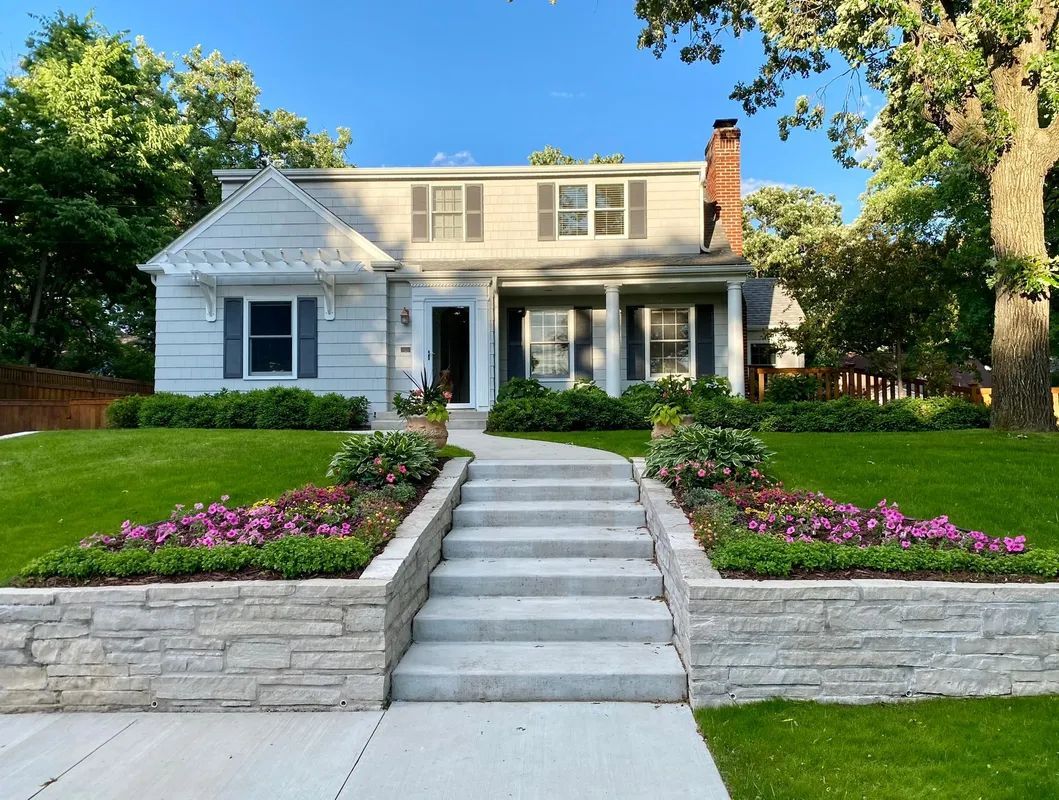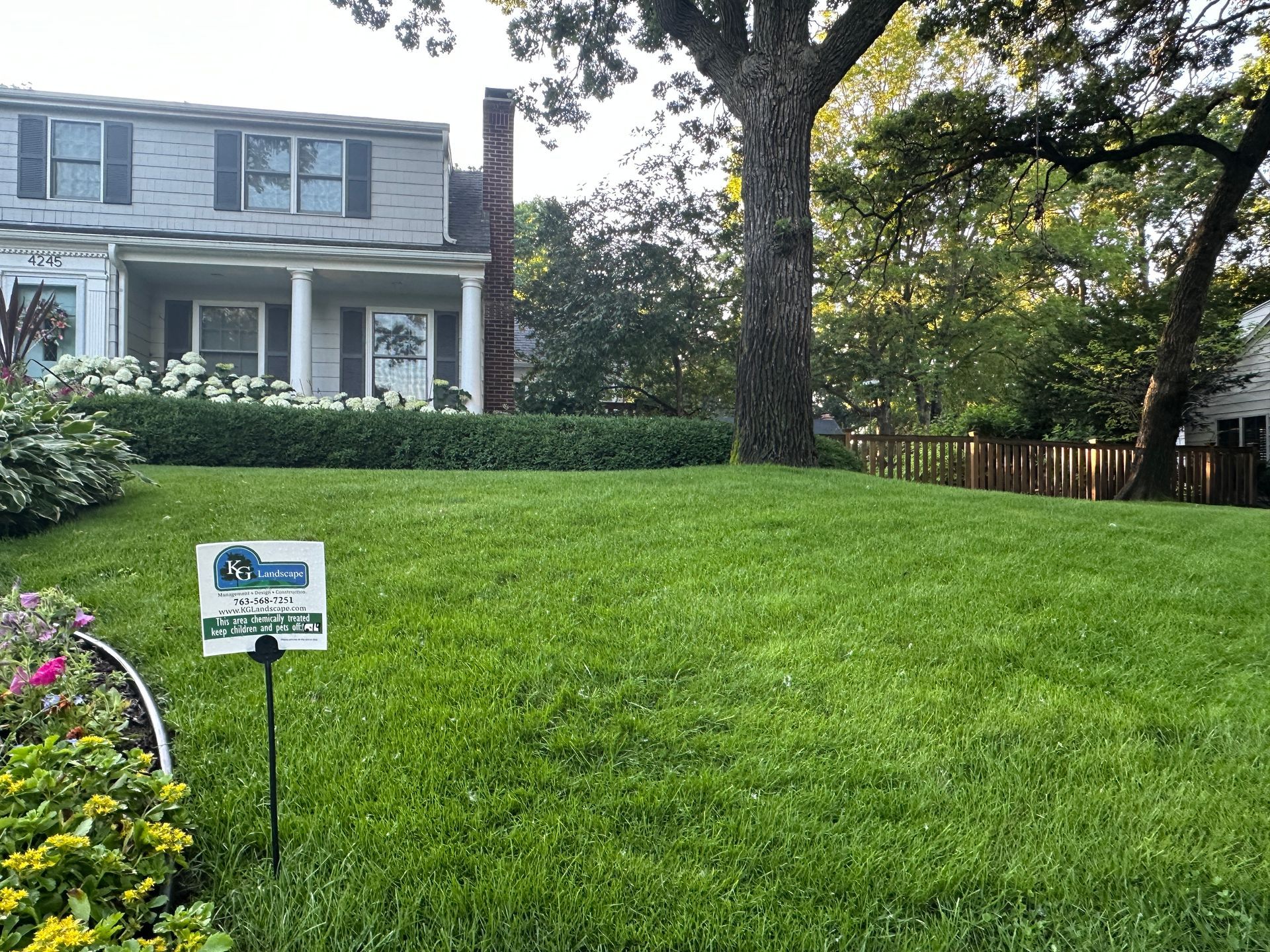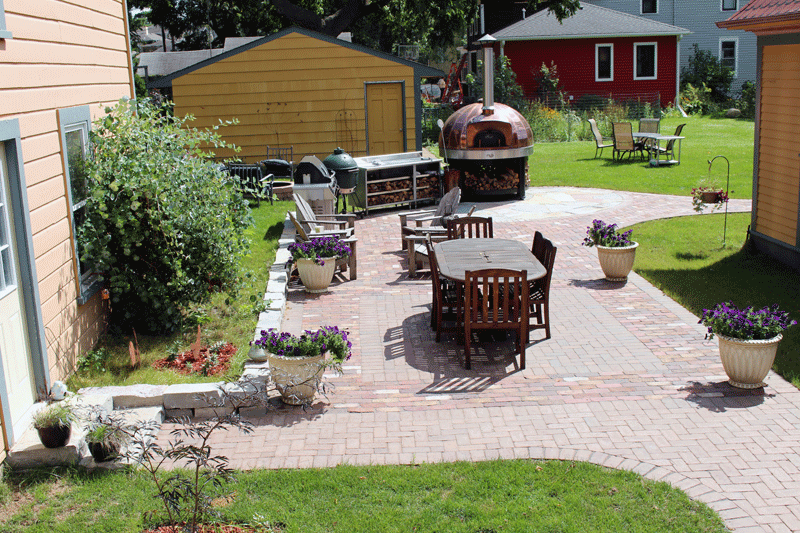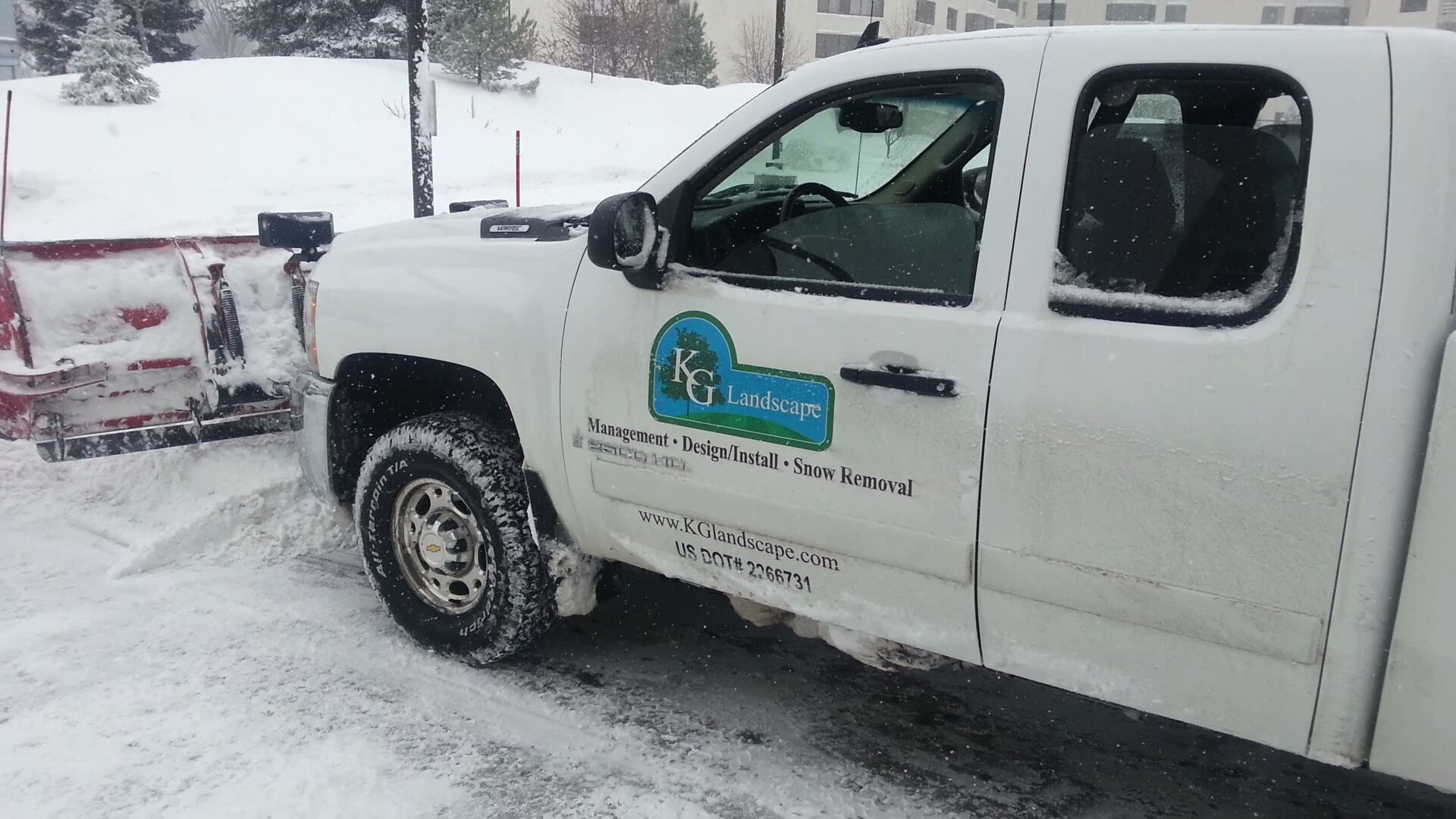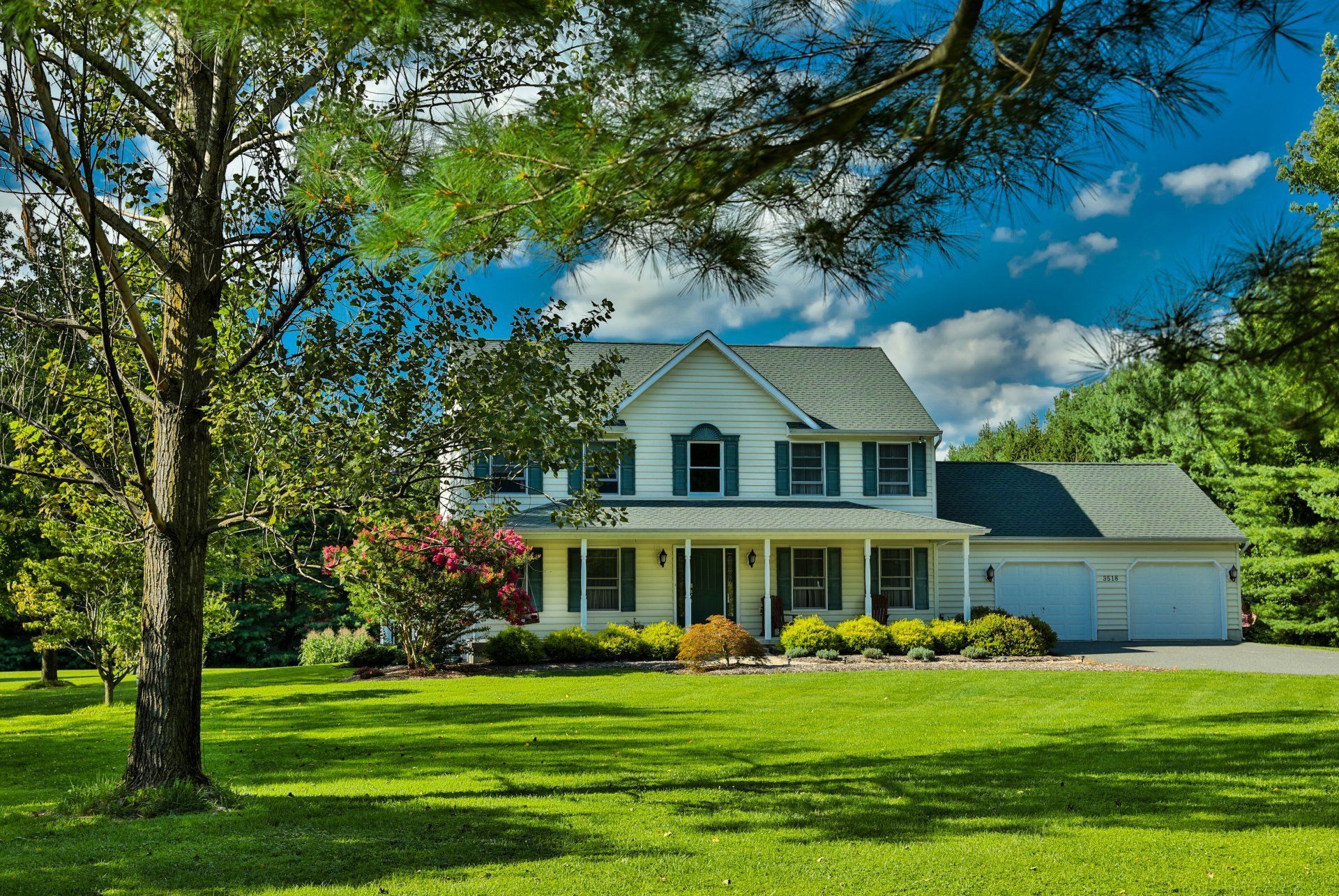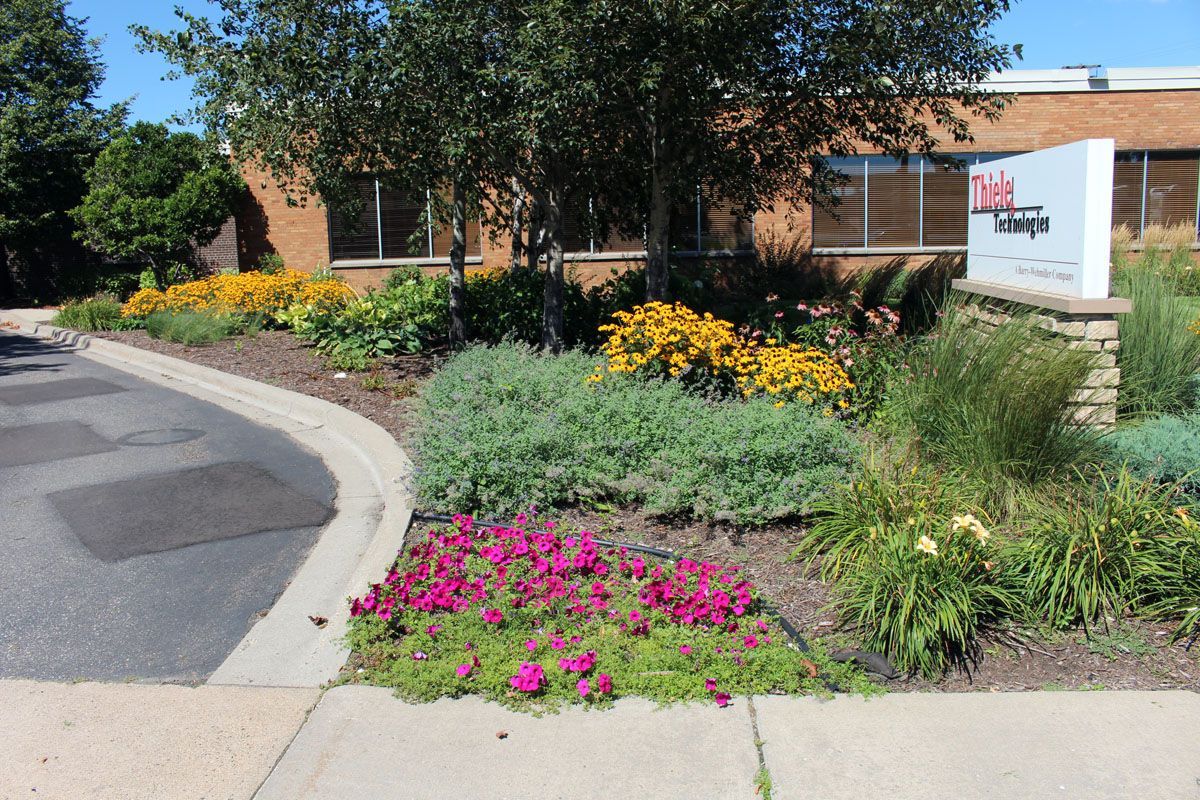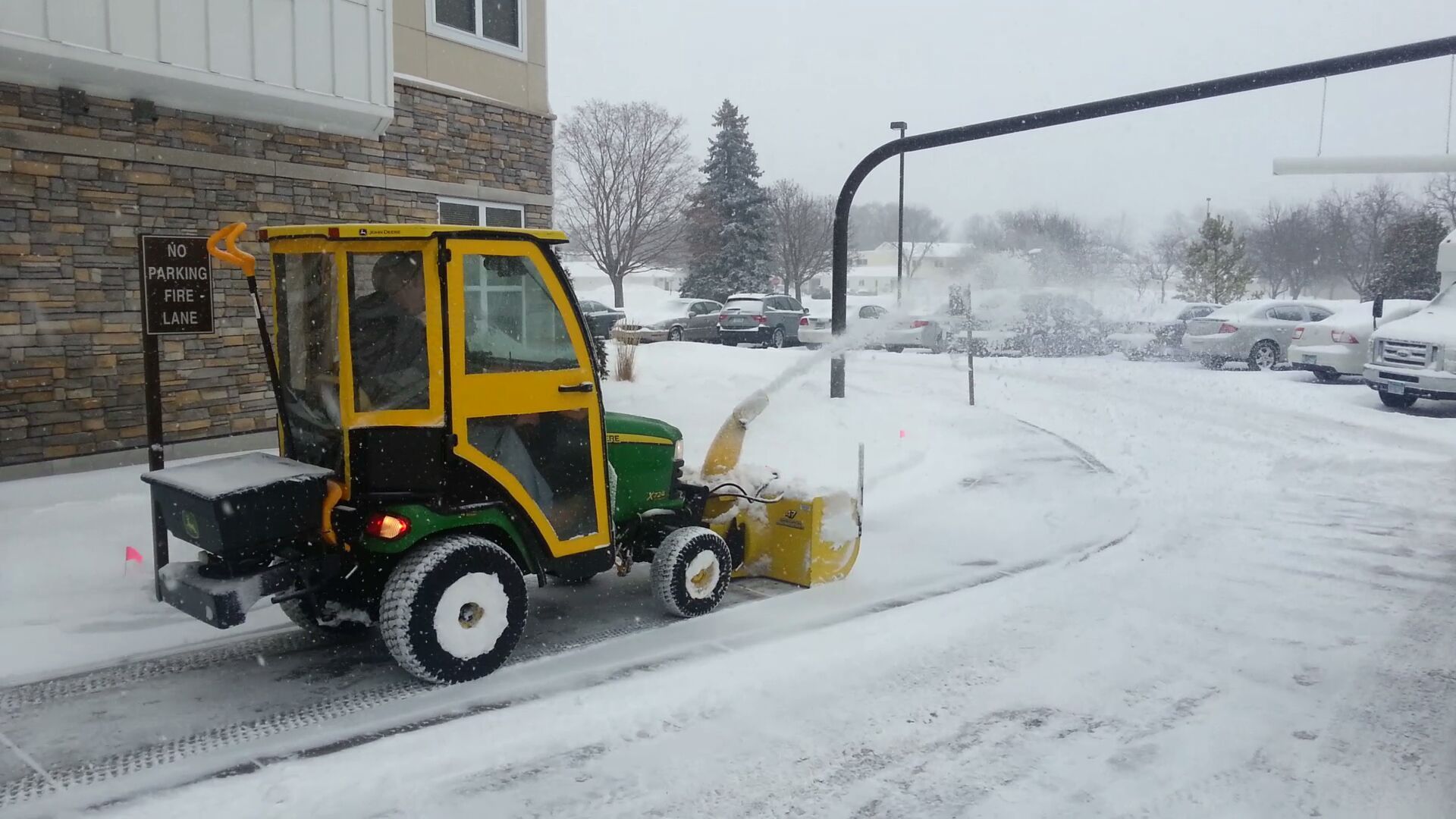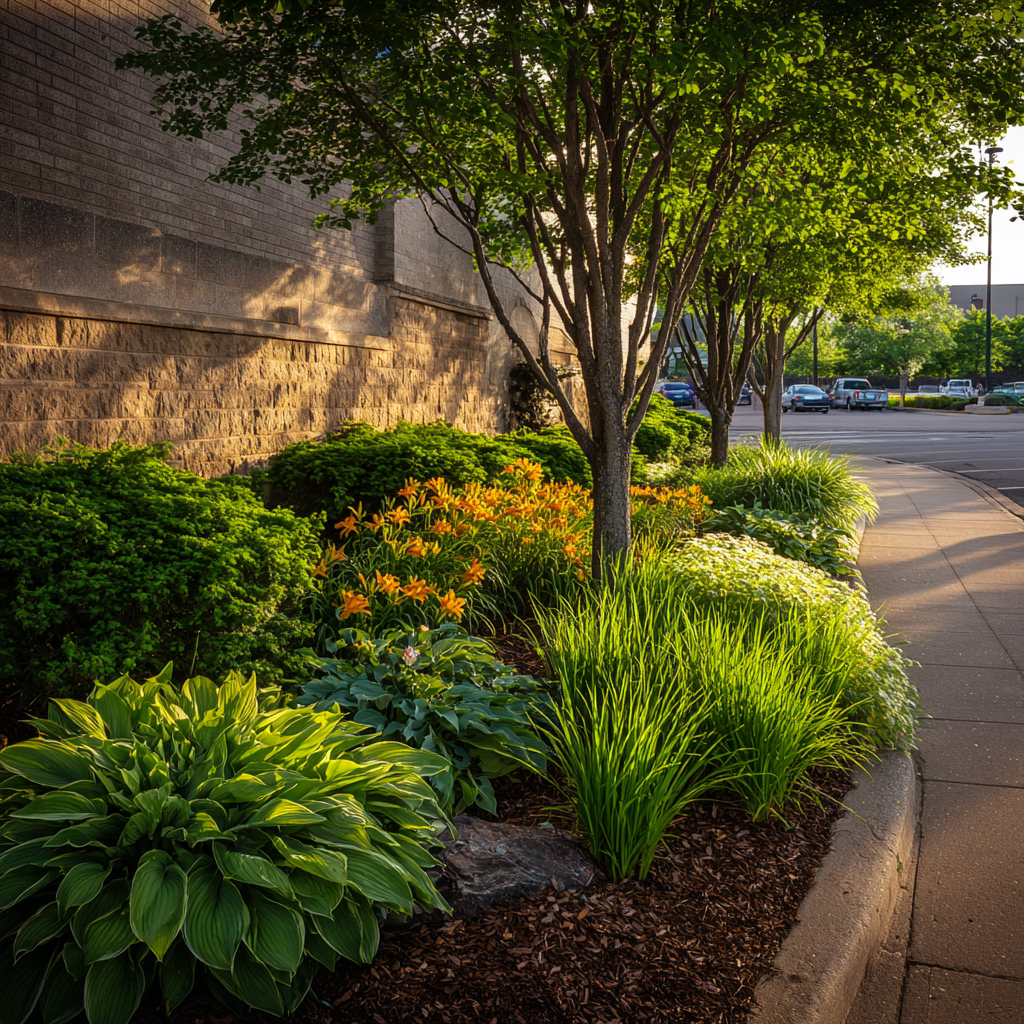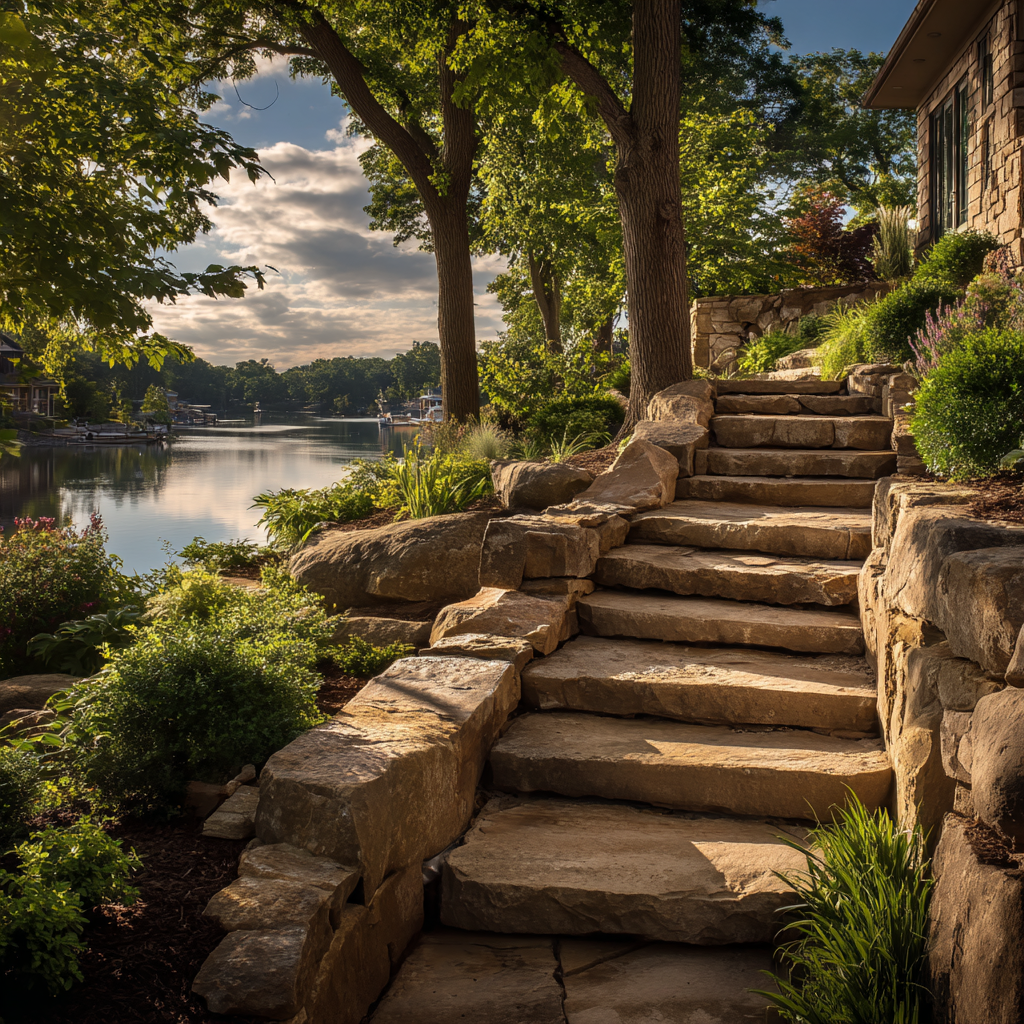10 Plant and Landscaping Designs to Accompany Your Walkways
Crafting the perfect landscape design for your yard is no easy task. Today, there is such a vast variety of landscaping elements that homeowners can incorporate into their design, making it difficult to settle on just one perfect plan.
Paths and walkways
are a popular addition among homeowners, and they can be made even more beautiful with the right landscaping design. Picture-perfect plantings and stunning trees or shrubs can accent an outdoor walkway, creating an inviting atmosphere on your property. This article looks at how you can use unique plants and landscaping techniques to complement a walkway or path.
What’s in a Walkway?
Homeowners install paths and walkways on their property for any number of reasons. Front yard walkways that lead from the front door to the sidewalk are excellent if you need to bee-line to the bus stop to catch the kids after school or head to the mailbox for an incoming package. Backyard pathways are a bit more versatile, complementing pools and spas, adding sophistication to a zen garden, or acting practically as the route to a shed.
Paths and walkways come in a variety of shapes, sizes, and styles, so there is always a design to match your yard’s aesthetic exactly. Choose from any of the following materials for your yard’s pathways:
Work with a landscape design company to develop a plan to install the pathway and incorporate attractive landscape design elements. Whether you prefer blooming flowers, towering trees, or a native prairie feel, there is always a landscape design for you. Let’s take a closer look at some inspiring landscape design ideas that you can implement during your next landscaping overhaul.
10 Inspiring Pathway Landscaping Designs
Paths and walkways on your lawn don’t have to be boring and dull. With an eye-catching landscape design, you can quickly boost your curb appeal. Incorporating vibrant plant species, stones, and other living elements, you get a beautiful landscape design that you can enjoy in every season.
1. Make Room for Moss
We’ll start our list off with an incredibly unique landscape design. Homeowners who install stone pavers with spaces in between them can incorporate bright, fluffy moss. Moss is a hardy plant that can grow practically anywhere, making it an excellent option for homeowners in any climate.
Plant the most between each paver to create a sort of “living” pathway, with luscious moss leading the way to different areas of your landscape. This design is fantastic for those people who absolutely love greenery and plants. We’re looking at you, plant moms.
2. Go All Natural
Another attractive landscaping design to accent your yard’s pathway is a natural style. The aesthetic of native plantings pairs perfectly with natural stone pavers. There are many native plant species in Minnesota that attract butterflies, birds, and other beautiful wildlife. Flock your pathway with flowers and grasses that look good and are even better for the local environment.
3. Enclosed Entrances
Living walls and fences are one great way to gain more privacy on your property. Line your pathways with tall, slender shrubs like the fast-growing evergreen, Arborvitae, to create an enclosed entry and walkways. Incorporate an arbor or trellis
for an added romantic flair.
4. Homegrown Tropical Getaway
For poolside pathways, a lot of homeowners are inclined to go for a tropical forest vibe. With the right plantings, it’s effortless to achieve this aesthetic even in the coldest climates. In cold areas like Minnesota, homeowners can use online resources like this one
from the University of Minnesota Extension to find tropical plant species to grow readily along their walkways.
5. Perfectly Trimmed Trees
For a more traditional look, you can opt for ornamental trees to accent your pathway. There are tons of native flowering trees to choose from that take your landscape design to the next level. Line your walkways with well-trimmed trees to create an inviting, symmetrical design.
6. Overgrown (On Purpose)
You might be scratching your head at this suggestion, but we swear that overgrown isn’t always a bad thing. Lush bushes and cascading vines or flowerbeds that overlap the surface of your paver stones create a “secret garden” vibe. Get the fairy garden of your dreams by overgrowing the plants surrounding your pathway on purpose.
7. Zen Zone
At-home zen gardens are all the rage right now, and with the right landscaping, you can utilize a pathway as part of your new zen garden design. Wooden walkways made from durable materials like bamboo or teak complement the Japanese aesthetic. Use stones of varying sizes, plus ornamental plantings like cherry blossom trees to top off your zen garden path.
8. Spaced Out Landscaping
Walkways don’t have to be one single stretch of stone or pavers. Instead, space it out to create pseudo-stepping stones to achieve a unique landscape design.
Fill the spaces with lush green grasses or accent each spot with small, symmetrical trees to draw the eye in toward your property. Leaving space between pavers allows a lot of room to play around with different design elements to find the perfect look for your lawn.
9. Classic Flower Beds
For a more classic look, line your walkways with flower beds full of species that will thrive in your plant hardiness zone. There are many materials you can make flower beds from, including:
Visit your local gardening center or nursery to find flowers, shrubs, grasses, and small trees to complete your classic flower bed design.
10. Contemporary Plantscapes
These days, modern aesthetics are all the rage, and many homeowners want to reflect that in their landscaping. A minimalistic landscape design including tall grasses, evergreen conifers, and crisp, green plant species helps reflect the contemporary look so many homeowners strive to achieve.
Designing a Pathway Landscape
There are tons of different ways to incorporate stunning beauty and style into your walkway landscape design. Plant species like trees, grasses, flowers, and even moss come together to make your yard look vibrant in warmer seasons. Hardscape elements like stone and flowerbeds contribute to the flow of your landscape design.
Work with a landscape design company like KG Landscape
to determine the elements you want to incorporate. Soon, you’ll be on your way to a gorgeous landscape design and great looking lawn.

